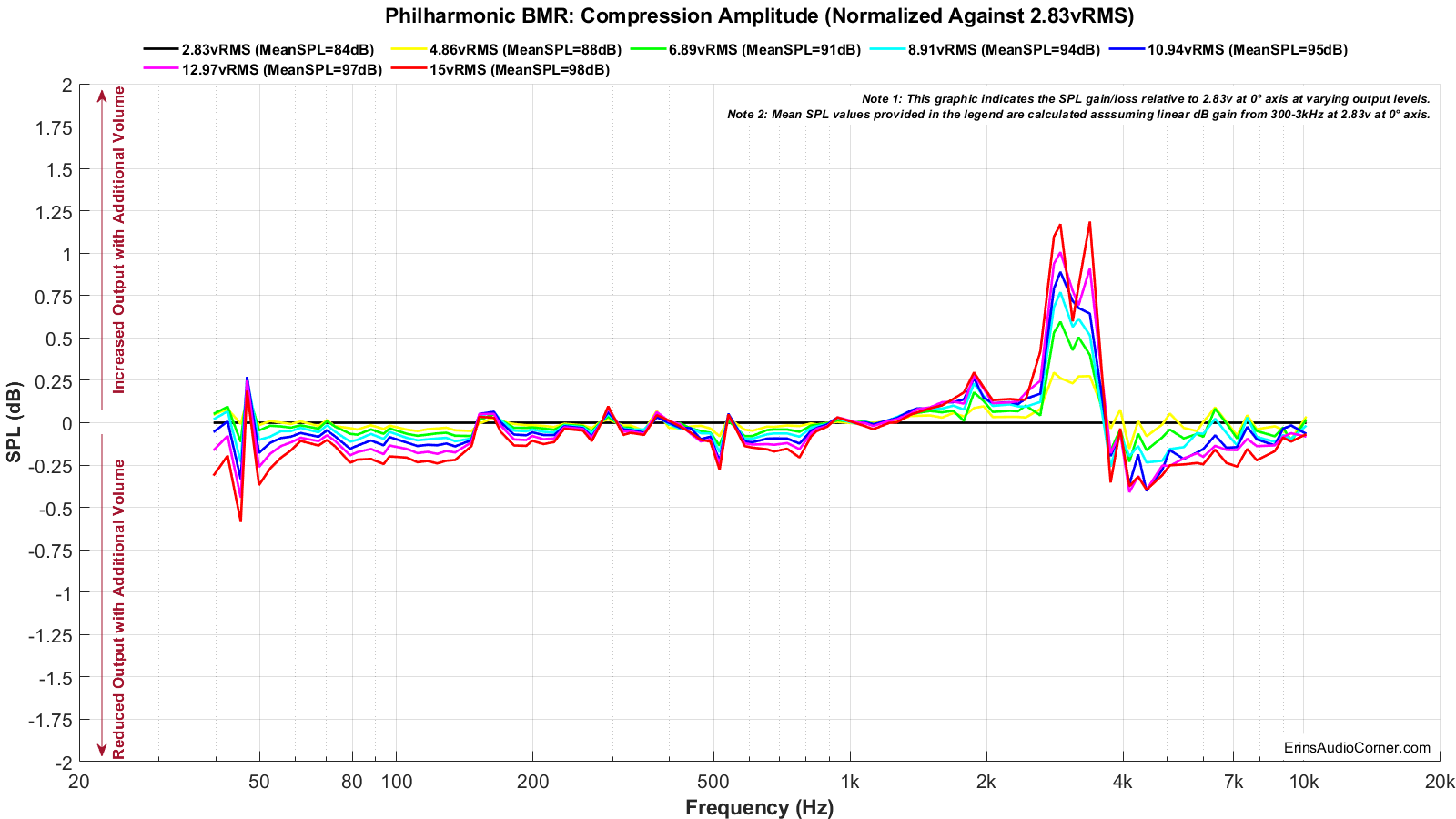Speaking about using subs in combination with bookshelf speakers. I see that 80Hz is kinda mandatory value ,witch I personally doubt. It depends on a lot of factors, others than the simple low frequency response of the speaker. To integrate a subwoofer in a system is not as simple as it seems. On the great audihoolics review on the BMR's James Larson said: "At times, subwoofers were used to supplement the bass with an 80 Hz crossover frequency."
That's OK, the crossover of the sub is set at 80Hz , but he didn't say a word about about any low pass cut on the speakers ,also at 80Hz. Having a 50 Hz sound , just an example ,coming both from the subs and the speakers ,although the bass is omnidirectional , is not a happy circumstance. A complete bass management also includes the frecquency low cut of the speakers. Parasound Halo(and Hint 6) ,Outlaw RR2160 ,HK 990 ,stereo receivers from Yamaha(R-N 803D) ,Marantz ,Denon ,Onkyo, Arcam ,they all have low cut filtering options for the speakers. Not to mention all modern AV multichannel receivers.

